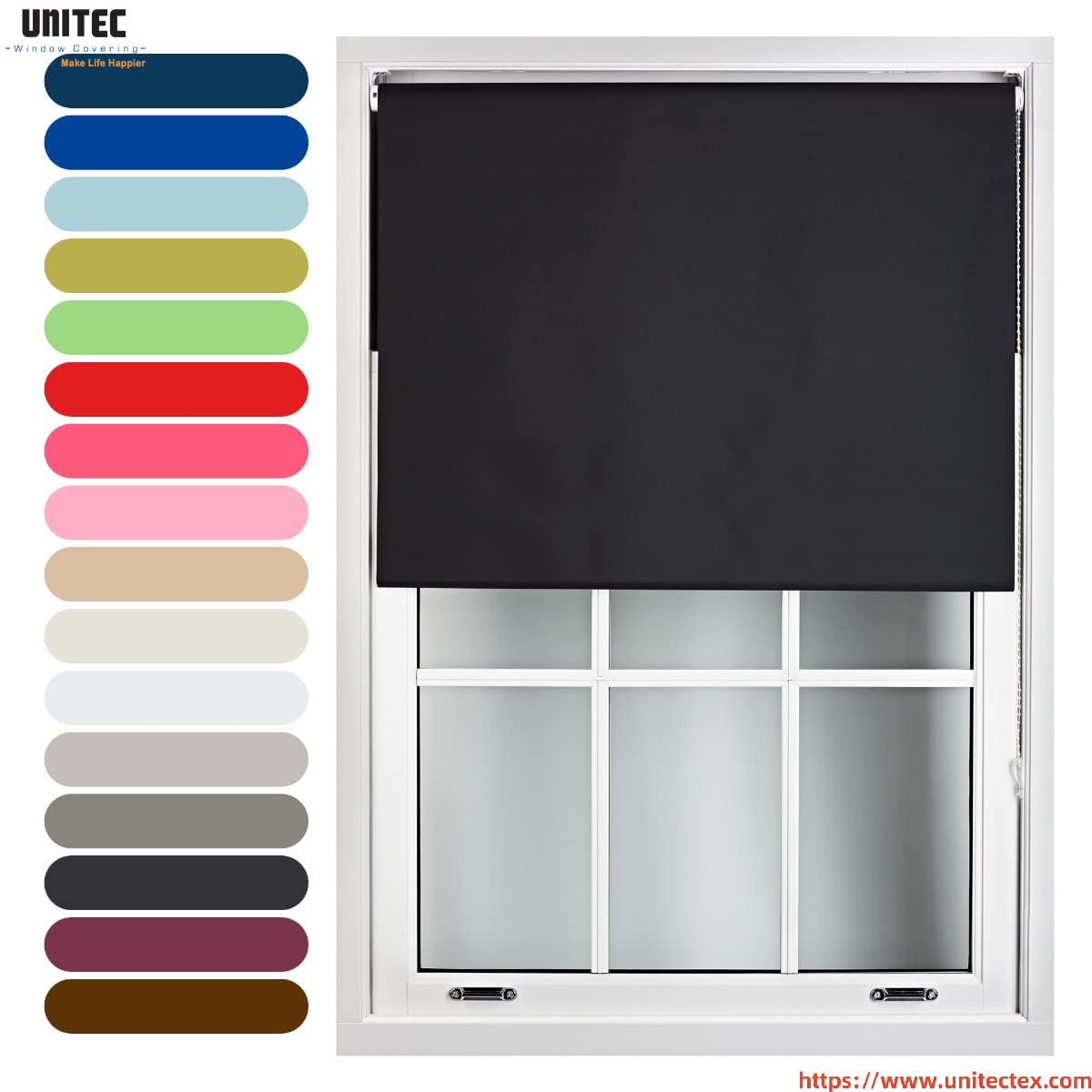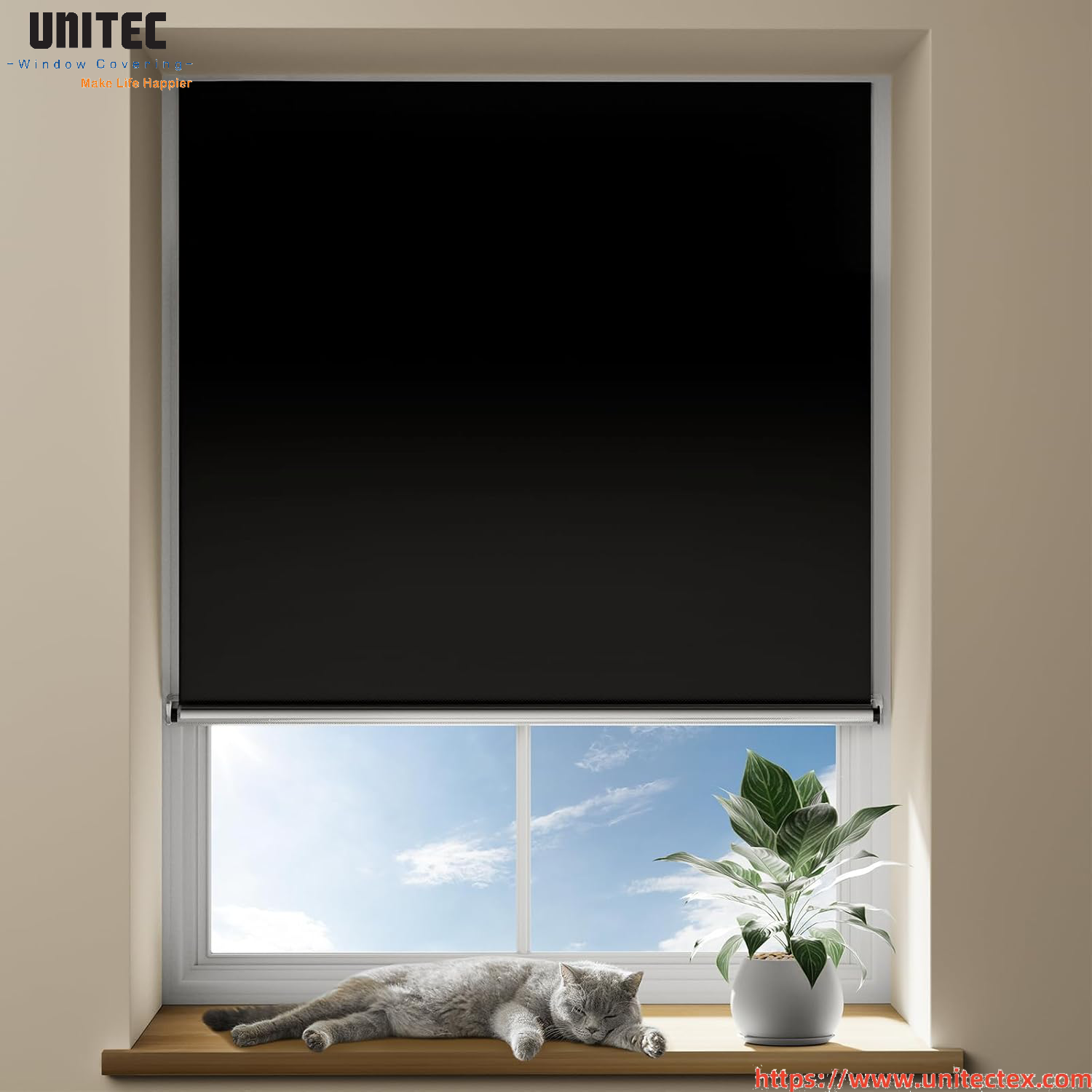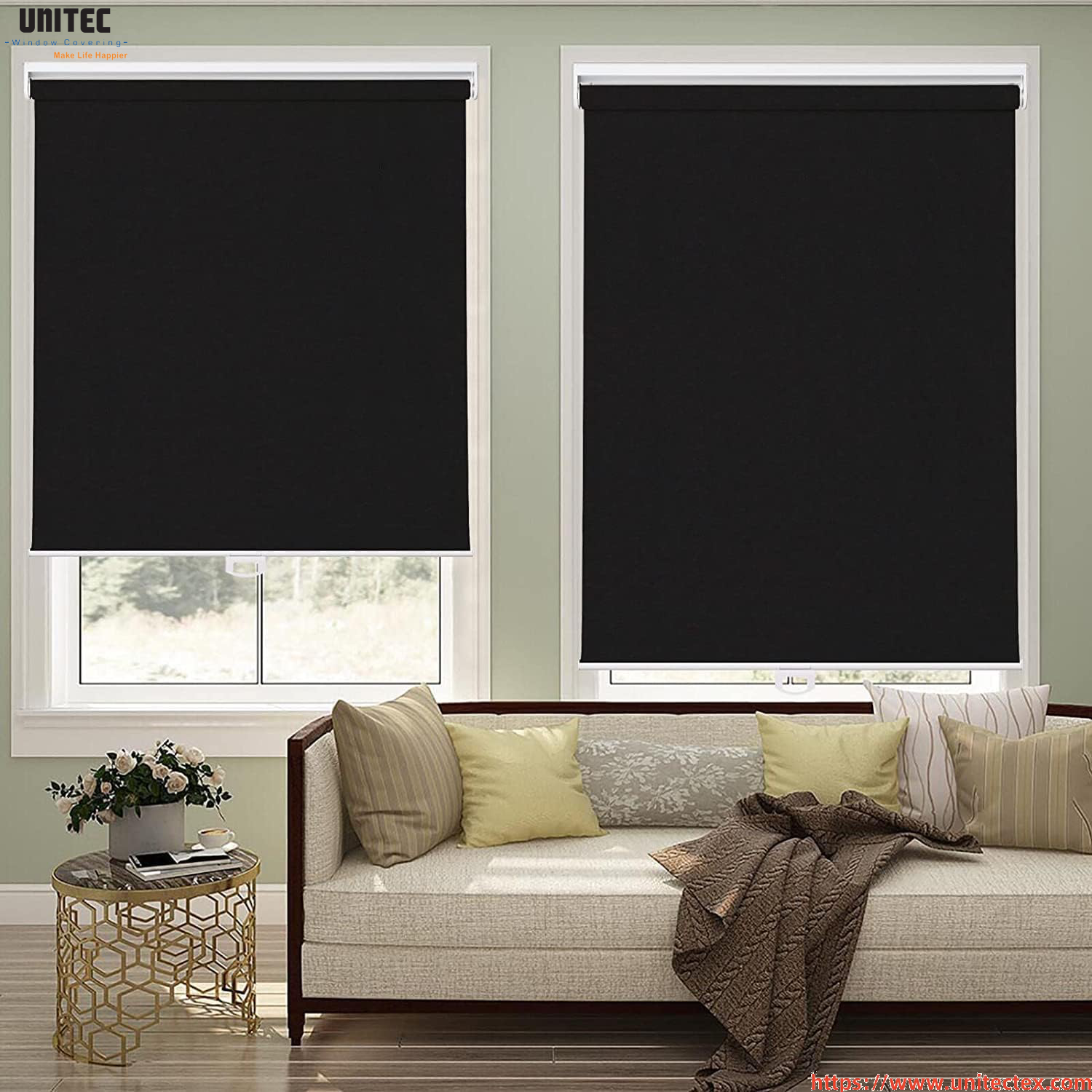1. Understanding Insulated Blackout Blinds

Insulated blackout blinds are window coverings designed to block light completely while simultaneously providing a thermal barrier. Their effectiveness is the result of careful material selection, multilayer construction, and precision engineering.
At the core of these blinds is thermal insulation, achieved by introducing one or more layers of low-conductivity materials such as foam, polyester, or acrylic-coated fabrics, sometimes combined with reflective metallic coatings. The purpose is to reduce heat transfer through the window, which is one of the largest sources of energy loss in any building.
From a physical standpoint, these blinds operate based on three primary mechanisms of heat transfer:
-
Conduction: Heat flows through solid materials, such as window panes and fabric layers. Insulated blinds reduce conduction by using low-conductivity layers that trap air and resist heat flow.
-
Convection: Heat moves via air currents, especially through gaps in window frames. Insulated blinds limit air circulation near the window, creating a stagnant air layer that further reduces convective heat transfer.
-
Radiation: Sunlight and infrared radiation penetrate windows, warming interiors. Reflective or coated layers within insulated blinds reflect or absorb radiation, preventing it from reaching the interior surfaces.
By addressing all three mechanisms, insulated blackout blinds act as a multi-functional thermal barrier, helping maintain indoor temperatures and reducing dependence on heating and cooling systems.
2. Materials and Their Functional Properties
The material composition of insulated blackout blinds is critical for their performance. Most high-quality blinds feature a multi-layer design, where each layer serves a specific purpose:
-
Outer Fabric Layer: Typically made from high-density polyester or jacquard fabrics, this layer provides the structural integrity, opacity for complete light blockage, and aesthetic appeal.
-
Insulating Core: This layer can consist of foam, felt, or acrylic-coated polyester. Its main function is to trap air pockets, which act as a thermal insulator, significantly reducing conductive heat transfer. Air is a poor conductor of heat, so even thin layers of trapped air can provide substantial insulation.
-
Reflective Coating (Optional): Some insulated blinds feature a metalized coating (e.g., aluminum) that reflects infrared and UV radiation, preventing solar heat from penetrating indoors. This reflective property not only protects interior furnishings from UV damage but also minimizes unwanted heat gain during summer.
-
Backing Layer: A final inner layer ensures smooth operation, enhances durability, and sometimes provides additional acoustic damping by absorbing sound waves.
The combination of these layers allows insulated blackout blinds to perform multiple functions simultaneously: blocking light, insulating against heat loss or gain, reducing UV exposure, and even contributing to sound dampening.

3. Thermal Performance: Physics Behind Energy Efficiency
The key advantage of insulated blackout blinds is their contribution to energy efficiency, which can be quantified scientifically. Windows are responsible for approximately 25–30% of residential heating loss during winter and up to 87% of solar heat gain in summer, depending on climate and glass type. By installing insulated blinds, these energy transfers can be substantially reduced.
The thermal resistance (R-value) of the blind measures its insulating capacity. Materials like foam or air-trapping fabrics increase the R-value, which is mathematically expressed as:
R=thermal conductivitythickness of material
Where:
-
Thickness is in meters, and
-
Thermal conductivity (k) is measured in W/m·K.
A higher R-value indicates better insulation. For example, a multilayer blackout blind with a 0.5 cm foam core can achieve an R-value that is several times higher than a standard single-layer curtain, dramatically reducing heat flow through the window.
4. UV Protection and Light Control
Insulated blackout blinds also offer 100% light blockage, which serves more than aesthetic or privacy purposes. Blocking ultraviolet (UV) radiation is critical for preventing interior fading and protecting human health.
UV radiation can degrade dyes, fabrics, wood finishes, and flooring through photodegradation, a chemical reaction where high-energy photons break molecular bonds. Insulated blinds with UV-reflective or UV-absorbing layers prevent these photochemical reactions by intercepting UV photons before they reach the interior surfaces.
From a scientific perspective, the effectiveness of UV blocking is measured in UV transmittance (T_UV), with high-quality blinds achieving values close to 0%, meaning nearly all harmful UV radiation is stopped.
5. Acoustic Benefits: Reducing Noise Pollution
Beyond thermal and light control, insulated blackout blinds can contribute to acoustic insulation. Sound waves interact with the dense and multilayered fabric, causing absorption and scattering.
-
Absorption: Soft or porous materials (e.g., felt or foam layers) absorb sound energy by converting it into tiny amounts of heat, reducing the amplitude of the waves.
-
Scattering: Dense outer fabrics scatter incident sound waves, preventing direct transmission through the window plane.
This property is particularly valuable in urban environments where noise pollution from traffic or commercial activity can reduce comfort and productivity.

For more information about curtains, please follow us and contact us
Post time: Nov-11-2025




